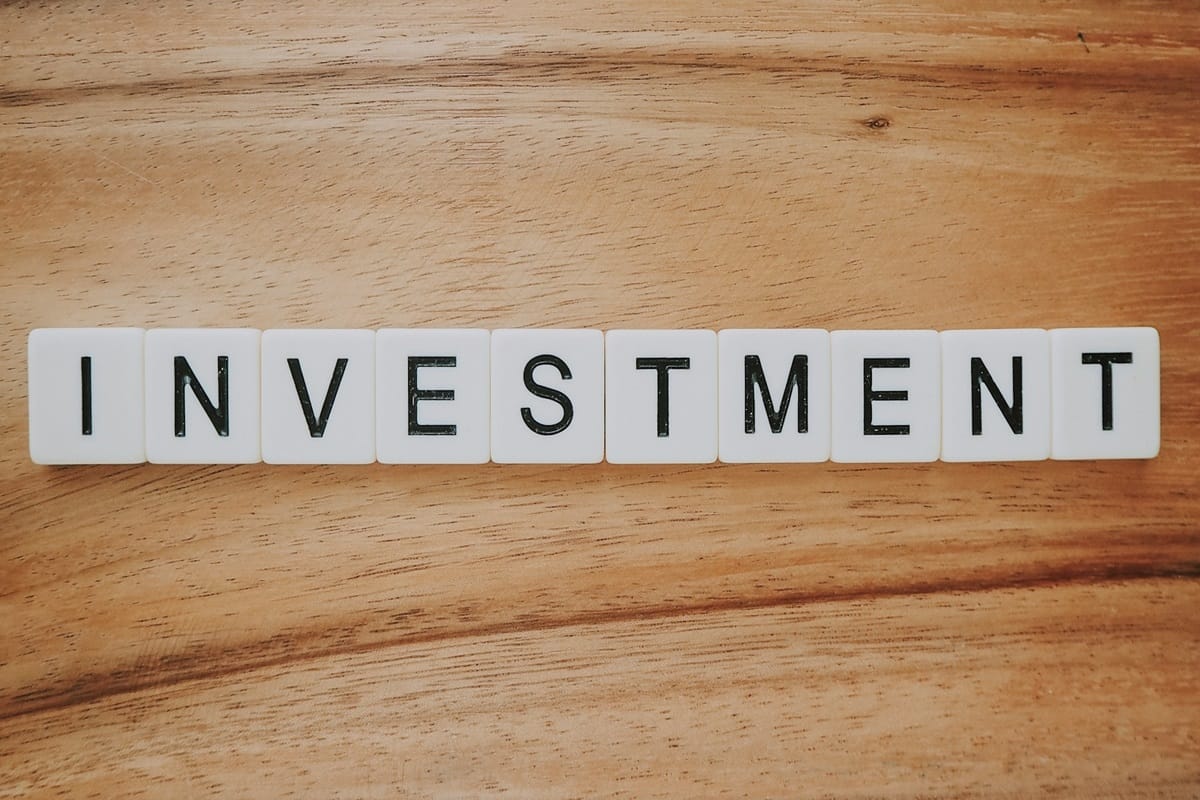Chinese companies are currently actively increasing investments in their business development in other countries, as a result of which the indicator of corresponding financial injections is approaching the mark equivalent to an eight-year high.

Nowadays, many of the leading firms in the mentioned Asian country are intensifying their factory construction activities abroad. Efforts in this direction may become a factor that, in the space of international economic discourse, will mitigate negative criticism of Beijing’s current strategy in the area of export policy.
According to official data from the Chinese authorities, which were released last week, between January and March of the current year, local companies made foreign direct investments totaling 243 billion yuan ($33.5 billion). This indicator turned out to be the highest since the first quarter of 2016 when Beijing had not yet started implementing a set of measures to combat capital outflow tendencies. Also, the volume of foreign direct investment made by Chinese companies in the first three months of 2024 is almost 13% higher than the result for the same period last year.
In the context of overseas financial injections, the largest indicators are demonstrated by firms operating in those industries in which the Asian country has the highest level of competitiveness at the global level. In this case, the areas of solar energy and the production of electric vehicles are primarily meant. Foreign financial injections provide benefits to the Chinese economic and social environment such as reducing trade tensions. Also, these efforts contribute to creating new jobs in many countries. Moreover, in this case, a platform for economic growth in foreign markets is being formed. Against such background, the threat of excessive Chinese exports, which is a factor of pressure on local manufacturers with the prospect of their subsequent putting out from business, is expected to significantly weaken.
Alicia Garcia Herrero, chief economist of Natixis SA for the Asia-Pacific region, says that Beijing is committed to making products abroad, focusing in this case on achieving goals such as cutting the trade surplus and solving the problem of industrial overcapacity. The expert expects that China’s corresponding activity will continue and intensify. At the same time, Alicia Garcia Herrero says that in this case, at some point, companies from an Asian country will face protectionism.
Currently, China is in a state of geopolitical competition with Europe and the United States. This means that in some cases investments from an Asian country may face certain barriers and obstacles in terms of the possibility of implementation in foreign jurisdictions, the likelihood of which is the result of the desire of Washington and European capitals to provide favorable conditions for the activities and development of local manufacturers.
It is worth noting that in the space of historical experience, there are examples when foreign financial injections had an impact beyond the sphere of economics. In the 1980s, Japan was able to use the investments of its largest automakers in other countries as tools for implementing diplomatic efforts. At the same time, the probability of a repeat of such an experience in China is not high. About 40 years ago, Tokyo was not as strategic a competitor to Washington as Beijing is currently.
Bert Hofman, a professor at the National University of Singapore and former director of the World Bank’s representative office in China, says that in the United States and Europe, there are significant suspicions about investments from the Asian country.
Currently, there is no detailed and full information on which projects the overseas financial injections made by China were spent on.
In 2022, about 75% of Chinese foreign direct investment was in Asia. It is worth noting that this indicator is largely conditional and formal since a kind of algorithm was formed in which financial injections initially go to Hong Kong, and then are re-routed to other countries and sometimes back to the mainland. Almost 17% of Chinese foreign direct investment in 2022 was in the manufacturing industry. Last year, according to official data, the volume of financial injections from China into the mentioned industry in the states of Southeast Asia increased approximately fourfold. In this case, the countries included in the ASEAN bloc are meant. The corresponding figure in monetary terms amounted to $26 billion. This indicator is almost twice the total volume of investment proceeds from Japan, South Korea, and the United States.
Chinese companies are also actively investing in the processing of key materials, including nickel mines and smelters in Indonesia. Moreover, the mentioned firms finance the recycling of secondary raw materials.
This week it became known that the Chinese Chery Automobile Co. plans to open a factory in Thailand next year, where the production of cars will be carried out. Also in April, this company signed the deal to take over the old Nissan plant in Spain. The production of electric vehicles will be launched at this factory.
BYD, another Chinese carmaker, started building a plant in Brazil in March. This is the first plant of the mentioned firm outside Asia. The company intends to launch production at the Brazilian factory by early 2025. The firm is also implementing a major project in Hungary, which has become a kind of center of China’s business activity in Europe.
In the solar energy area, companies from an Asian country are currently world leaders. These firms also seek to boost their investments abroad. The corresponding activity intensified significantly after many countries began to shrink their business interaction with China due to the deterioration of the situation in the space of geopolitical relations, against which tensions between Beijing and Washington increased. At the same time, the equipment of the specified companies is of critical importance in the context of the transition to green energy. China’s Longi Green Energy Technology Co. and Trina Solar Co. announced plans to build factories in the United States. Currently, government subsidies are provided to foreign manufacturers in the US as part of the efforts of the administration of the President of this country Joe Biden to develop renewable energy.
Bert Hofman says that the main goal of some Chinese investments is to gain access to the United States market without incurring tariffs. According to the expert, something similar is observed in the European market. There will be expected to be more China tariffs in the mentioned region.
Also, in the context of investing in other countries, Chinese companies take into account the situation of weak domestic demand. The prolonged crisis in the Asian country’s real estate sector has become a sensitive factor affecting consumer spending.
The growing volume of Chinese financial investments in the construction of factories abroad is evidence of a shift away from the concept of investing in infrastructure. It is worth noting that from the point of view of the geographical aspect of the new tendency, so far there is no reason to declare a kind of political shift. Most overseas investments by Chinese companies are intended for countries that are part of Beijing’s One Belt, One Road initiative.
After the downturn related to the coronavirus pandemic, the volume of lending to infrastructure projects in China has significantly decreased. At the same time, other Asian and South African countries are seeking to restructure and lower their debts. Against this background, there was a shrinkage of the flow of Chinese labor for construction. Data from the International Monetary Fund confirm this fact. According to the mentioned organization, between 2015 and 2021, the number of Chinese workers in Africa fell by almost 65%.
As we have reported earlier, S&P Says About Loosening of China’s Fiscal Stimulus.









